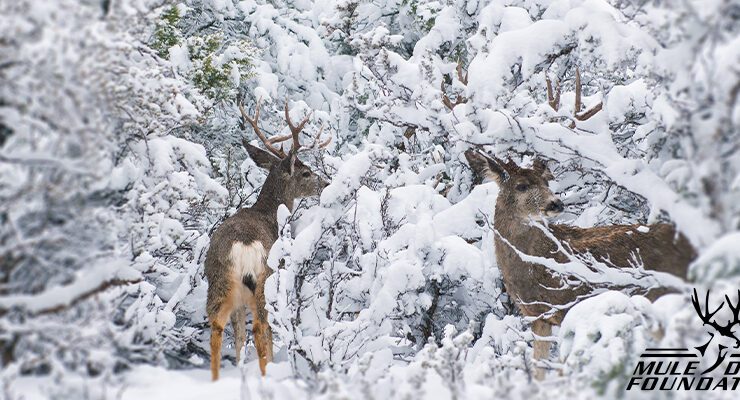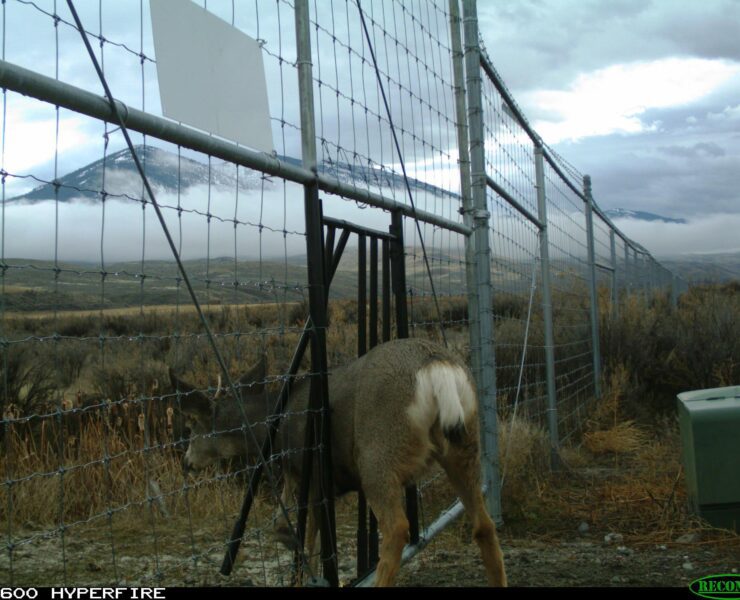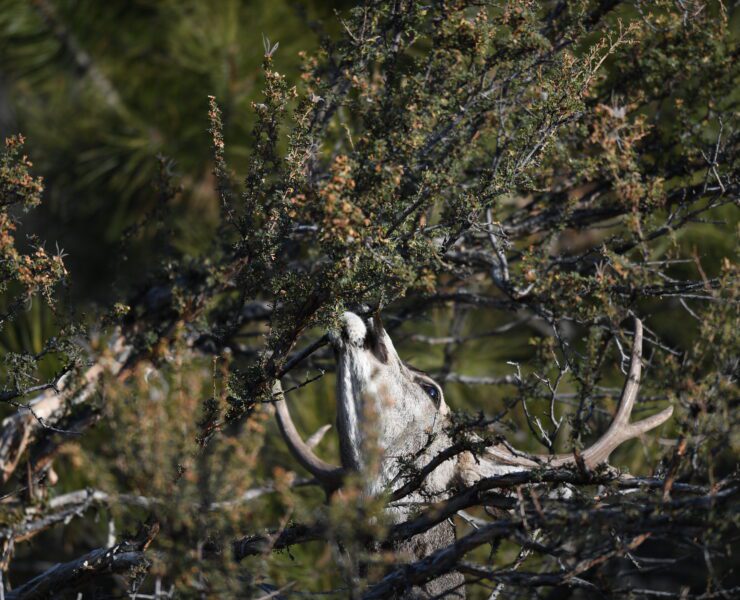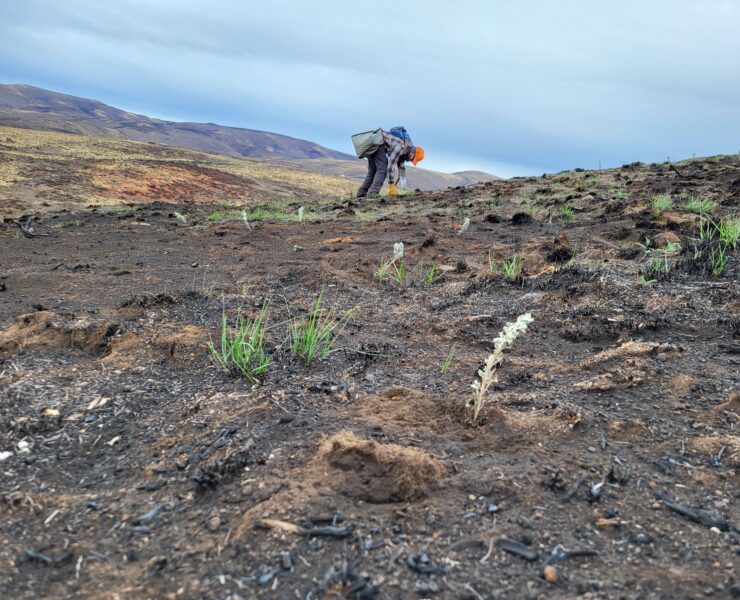Stewardship
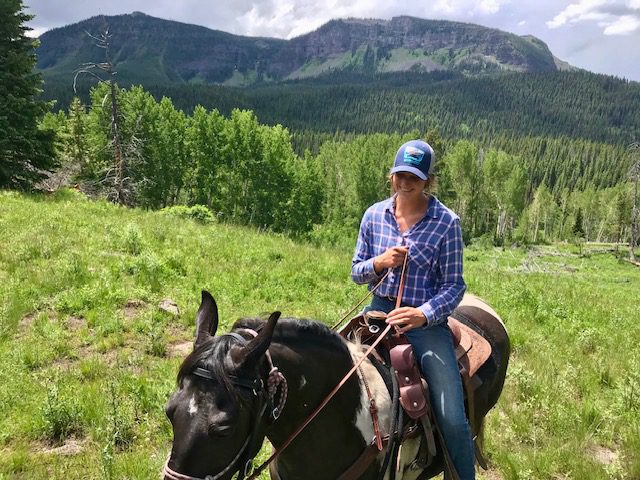
The USDA Forest Service manages nearly 200 million acres of public land all over the country. That’s a lot of ground to cover, especially when you consider the agency’s mandate to make decisions on how best to utilize and maintain the land for “the greatest good of the greatest number in the long run.”

Over the last 25 years, a common assertion you often hear is that muledeer populations are in decline. But is this true? This question is frequently posed to us at the Mule Deer Foun- dation (MDF), and it represents a significant issue that our leadership actively addresses. So, what’s the reality? The answer is nuanced. Innshort, it depends.
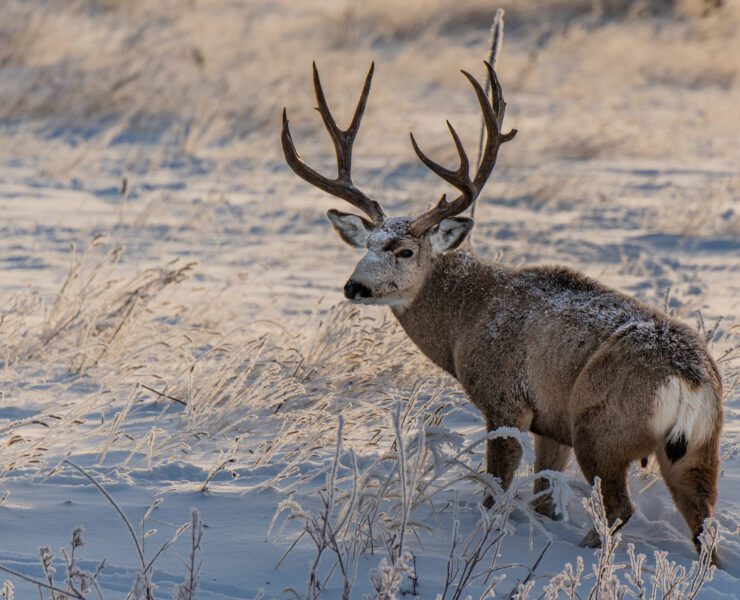
Results from the Wisconsin DNR’s largest deer and chronic wasting disease (CWD) study ever undertaken show that the disease substantially reduces deer survival rates, and suppresses deer population growth.
Dr. Dan Storm, DNR ungulate research scientist, reported the results of the seven-year study in southwest Wisconsin to the Natural Resources Board Jan. 22.
“People should expect to see fewer deer in areas of high CWD prevalence,” Storm said. “Deer are not going to go extinct, but there will be fewer of them.”
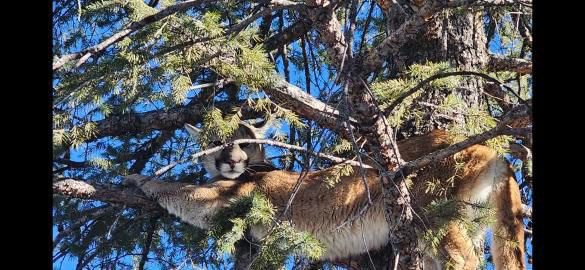
The Mule Deer Foundation thanks Colorado voters for rejecting Proposition 127, which would have banned the hunting of mountain lions and bobcats throughout the state. Colorado voters affirmed a strong belief in the North American Model of Wildlife Conservation and asserted their desire for Colorado’s wildlife to be managed by wildlife professionals, rather than through citizens initiatives.



